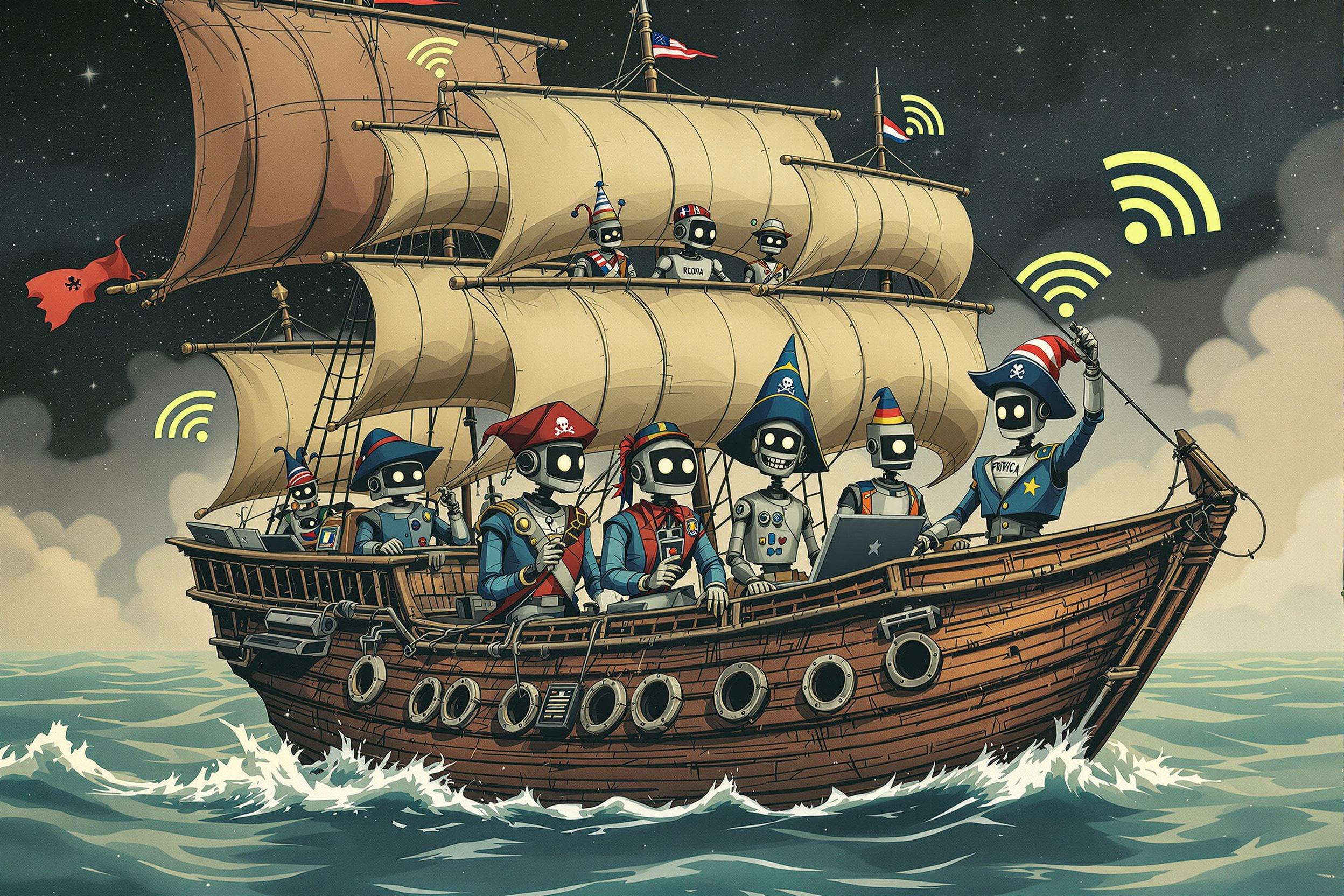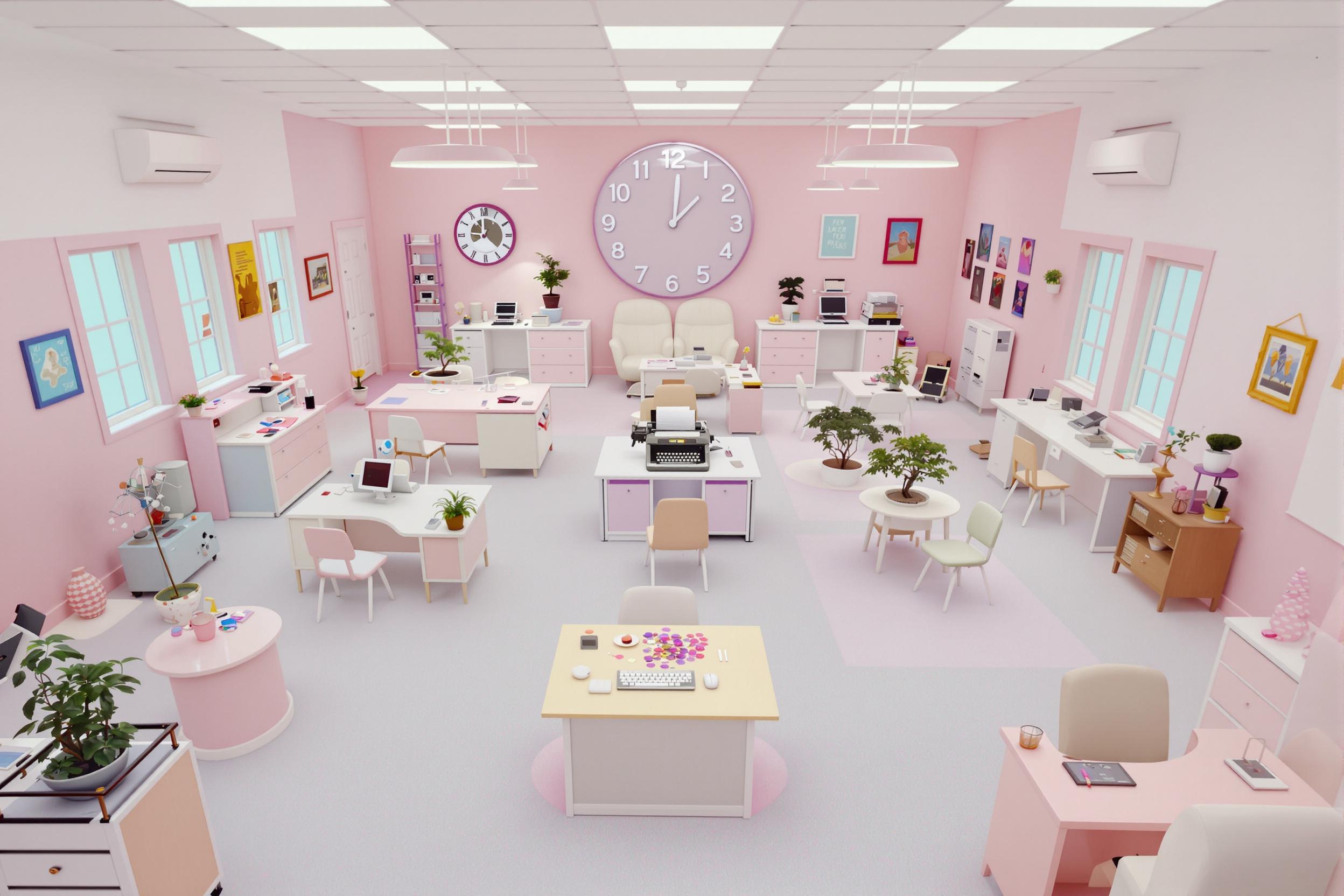
Infrared Reflectography
Infrared Reflectography is a special imaging technique used by art conservators and restorers to examine artwork, especially paintings, without causing any damage. Think of it like an X-ray for art that lets experts see hidden layers underneath the visible surface of paintings. This helps them discover preliminary sketches, changes made by the artist, and even hidden signatures. It's particularly useful when authenticating old artwork or planning restoration work. The technique is often mentioned alongside other examination methods like UV fluorescence or X-radiography.
Examples in Resumes
Conducted detailed examination of 16th-century paintings using Infrared Reflectography and UV analysis
Discovered previously unknown artist signatures through IR Reflectography examination
Trained junior conservators in the use of Infrared Reflectography and other imaging techniques
Typical job title: "Art Conservators"
Also try searching for:
Where to Find Art Conservators
Professional Organizations
Professional Networks
Example Interview Questions
Senior Level Questions
Q: How would you approach the examination of a potentially significant underdrawing discovered through infrared reflectography?
Expected Answer: A senior conservator should discuss creating a comprehensive examination plan, coordinating with other experts, documenting findings properly, and making recommendations for further analysis or conservation needs.
Q: How do you train others in using infrared reflectography equipment?
Expected Answer: Should explain their methodology for teaching equipment handling, safety procedures, image interpretation, and proper documentation practices to junior staff.
Mid Level Questions
Q: What factors affect the quality of infrared reflectography images?
Expected Answer: Should discuss lighting conditions, equipment settings, artwork materials, and environmental factors that can impact image quality.
Q: How do you document and report infrared reflectography findings?
Expected Answer: Should explain their process for recording observations, creating detailed reports, and presenting findings to other team members and stakeholders.
Junior Level Questions
Q: What basic safety procedures do you follow when using infrared reflectography equipment?
Expected Answer: Should demonstrate knowledge of equipment handling, artwork protection measures, and basic operational safety protocols.
Q: What are the main uses of infrared reflectography in art examination?
Expected Answer: Should explain basic applications like finding underdrawings, examining signatures, and identifying artwork alterations.
Experience Level Indicators
Junior (0-2 years)
- Basic operation of IR equipment
- Understanding of safety procedures
- Basic image documentation
- Supervised examination of artworks
Mid (2-5 years)
- Independent equipment operation
- Detailed analysis of findings
- Report writing and documentation
- Collaboration with conservation team
Senior (5+ years)
- Training and supervising others
- Complex examination planning
- Advanced interpretation skills
- Project management
Red Flags to Watch For
- No hands-on experience with IR equipment
- Lack of understanding about artwork handling safety
- Poor documentation practices
- No knowledge of basic art history or conservation principles
Related Terms
Need more hiring wisdom? Check these out...

Virtual Reality in Certification Exams: How VR is Transforming Specialized Training

Unlock Hidden Talent: How Internal Rotation Programs Spark Career Exploration and Boost Retention

Who’s Really Running Your Interviews? How to Reduce Bias in Remote Hiring

